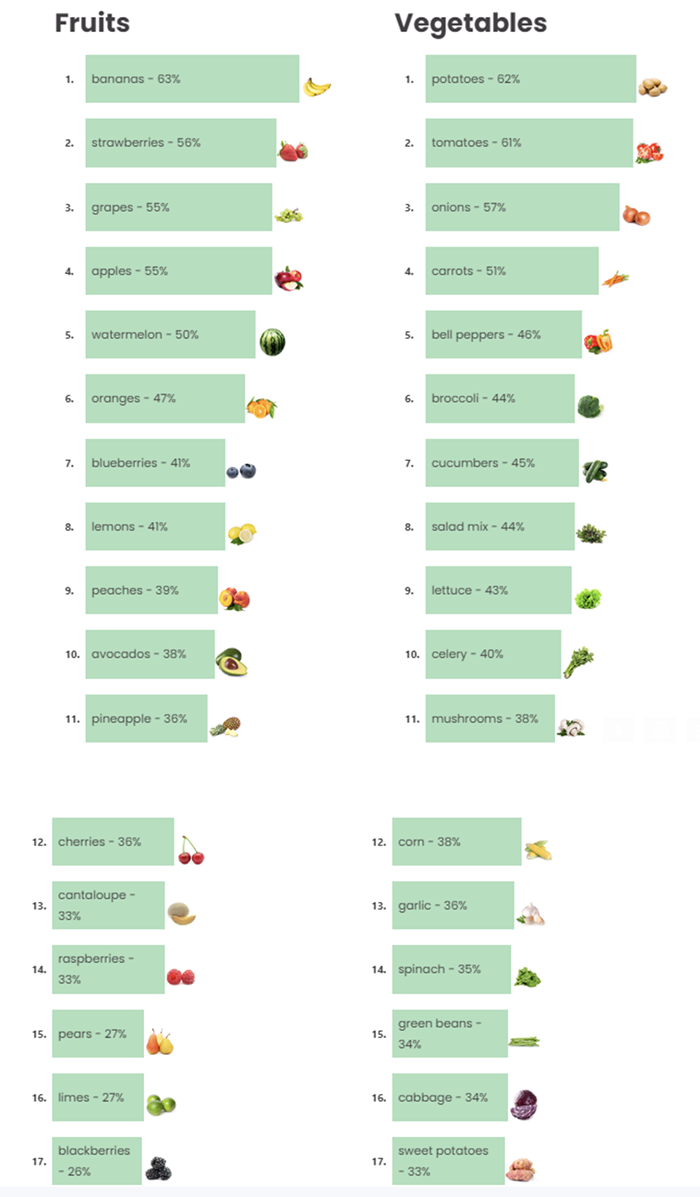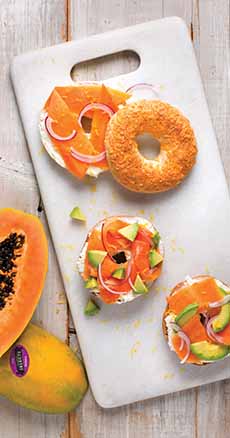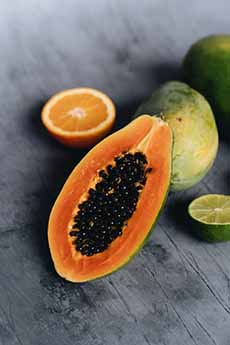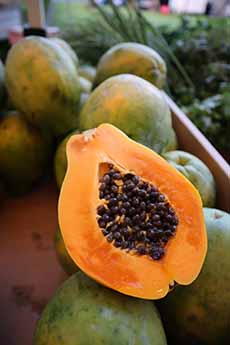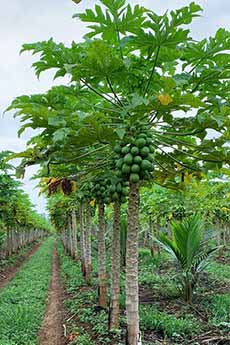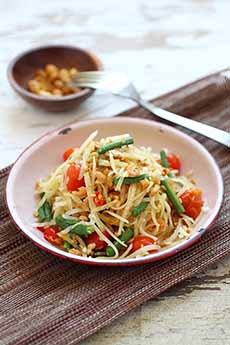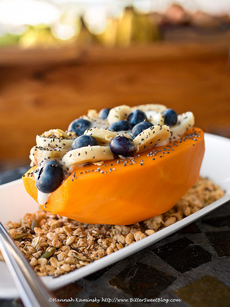|
Welcome to American limoncello! You may know limoncello as an Italian liqueur, and it is. But a family in New England has been making their own and racking up awards so they’ve expanded to other liqueurs, canned cocktails, and baked goods.
While we’ve had a number of imported brands of limoncello, the artisanal, all-natural limoncello from Fabrizia Spirits, has taken our fancy. If you’re not familiar with limoncello:
Limoncello is lemon liqueur. It has been enjoyed in Italy for close to a century (see the history below, as an apéritif before a meal, a digestif after dinner and as a palate cleanser between courses. (Keep the bottle in the freezer to enjoy a chilled shot, sipping slowly.)
Limoncello is made from lemon peel/rind/zest (which contains lots of great-tasting lemon oil) and juice, with vodka (or grappa) as the base spirit, plus sugar and water. The latter two ingredients are turned into simple syrup.
The lemons infuse in the vodka for a few weeks, giving the vodka an intense lemon flavor. The simple syrup is then added. Brands have different levels of sweetness based on the taste of the producer (some like it sweet, others less so—we’re with the Team Less So). The liqueur is sweet, not tart.
And yes, you can make it at home. Here’s a recipe.
To viewers of the Hotel Portofino television series on Brit Box and PBS, the alcohol-averse Lady Latchmere may or may not have been served “Italian lemonade,” limoncello added to conventional lemonade. Perhaps she was given straight limoncello: The woman needed to chill!
Limoncello has its own food holiday: June 22nd is National Limoncello Day. And plan to make Italian lemonade on August 20th, National Lemonade Day.
FABRIZIA LIMONCELLO
In New England, the Mastroianni family made limoncello at home with a recipe from relatives who live in the hilltop village of Platania, overlooking the Mediterranean Sea in the Calabria region of Italy.
Fabrizia, meaning “one who works with his hands,” gives the nod to artisan craftsmanship.
What started in a tiny garage in Massachusetts many years ago became award-winning Fabrizia Limoncello made with Sicilian lemons. Among other awards, it won the gold medal in the prestigious San Francisco World Spirits Competition.
Now produced in Salem, New Hampshire, it’s the leading Limoncello in America.
Made With Sicilian Lemons
The family traveled to Sicily in order to find the perfect lemons for their products.
Why Sicilian lemons?
Sicily has been called the “Lemon Riviera,” claiming the world’s finest lemons.
The island has been cultivating lemons for more than 1,200 years. The Bay of Palermo was once called the Conca d’Oro, Shell of Gold, because of the many groves of bright yellow citrus fruits gleaming in the sunshine.
The Mediterranean climate and rich volcanic soil surrounding Mt. Edna give Sicilian lemons a special sweetness and flavor. They are less acidic than other varieties and the variety has a thick oily skin, delivering lemon oil that is perfect for making good limoncello.
According to one article, nine out of ten lemons sold in Italy come from Sicily [source].
Here are the different varieties (subspecies) of Sicilian lemons.
Variations of limoncello include arancello (flavored with oranges), agrumello (flavored with mixed citrus), pistachiocello (flavored with pistachio nuts), meloncello (flavored with cantaloupe), and fragoncello (flavored with strawberry).
A version made cream is called crema di limoncello.
The Fabrizza Line
Fabrizia has developed a line of liqueurs and ready-to-drink products and also created the Fabrizia Lemon Baking Company.
Liqueuers: Limoncello, Blood Orange, Crema di Limoncello and Crema di Pistacchio. The latter two are cream liqueurs made with fresh cream from Wisconsin.
Vodka Sodas: Ready-to-drink canned cocktails in Sicilian Lemon, Blood Orange, and Raspberry, made with real fruit, sparkling water, and vodka.
Italian Margaritas: Another ready-to-drink cocktail made with tequila, lemonade, and limoncello (a conventional Margarita is made with tequila, orange liqueur, and lime juice). Think of it as tequila-spiked lemonade, fresh-tasting and moderately sweet.
Fabrizia limoncello is a real treat. We happened to have a bottle of a popular Italian brand to compare. Numerous brands from Italy are artificially flavored (it’s much cheaper than infusing peel in vodka for several weeks). Some of these limoncellos taste like lemon drop candy.
Fortunately, there are still artisan producers of the traditional Italian spirit, like Fabrizia Spirits. Fabrizia limoncello tastes fresh and natural, and bright with the flavor of citrus oil.
Trivia: Why is limoncello cloudy? Limoncello is cloudy/opaque due to the high content of the oil in the lemon peel. The oil molecules dissolve in the clear high-proof vodka.
But the subsequent addition of sugar lowers the ethanol percentage of the vodka. This brings the lemon oil out of the solution, where it mixes/emulsifies with water molecules in the simple syrup. (This is the same process by which absinthe turns cloudy when water is added.)
The Fabrizza Lemon Baking Company
Also, I wanted to share about our Lemon Baking Company. When the pandemic hit, and restaurants and bars shut down, the family sought another way to keep their staff working.
In 2020 they launched the Lemon Baking Company, incorporating their lLimoncello into blondies, biscotti, cookies, cake jars, lemon loaves, and whoopie pies.
Ready to dig in?
> For beverages, head to FabriziasSpirits.com.
> For baked goods, head to FabriziaLemonBakingCompany.com.
LIMONCELLO COCKTAILS
While limoncello was made to sip straight, it is a great mixer. There are many limoncello cocktail recipes, and you can create your own.
The classic Lemon Drop Cocktail combines vodka with lemon juice, triple sec, and simple syrup. But make your own version with vodka and limoncello.
Or combine gin or tequila with limoncello. Or with tonic water or mineral water.
Check out this Pink Limoncello Reviver cocktail from Moody Mixologist (photo #3).
Here are two more recipes: Cranberry Lemonade With Limoncello, and an update of the Screwdriver made with orange vodka, fresh orange juice, and limoncello.
And here are yet more limoncello cocktails.
|

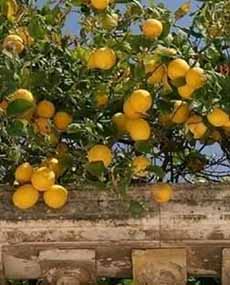
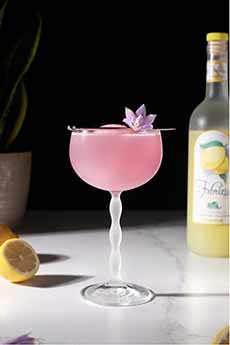
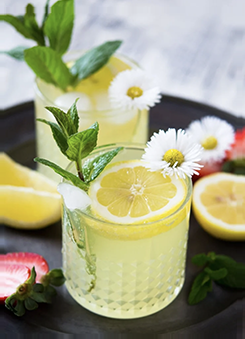
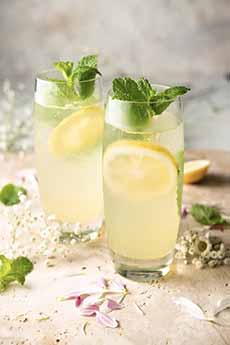
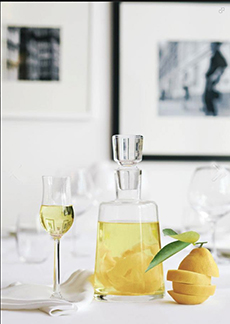
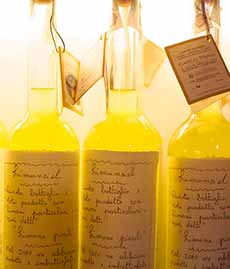
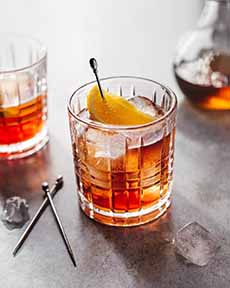
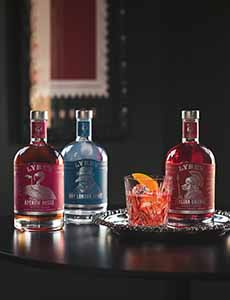
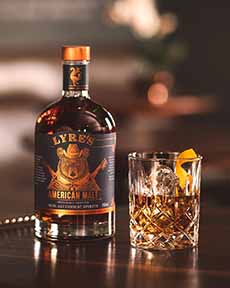

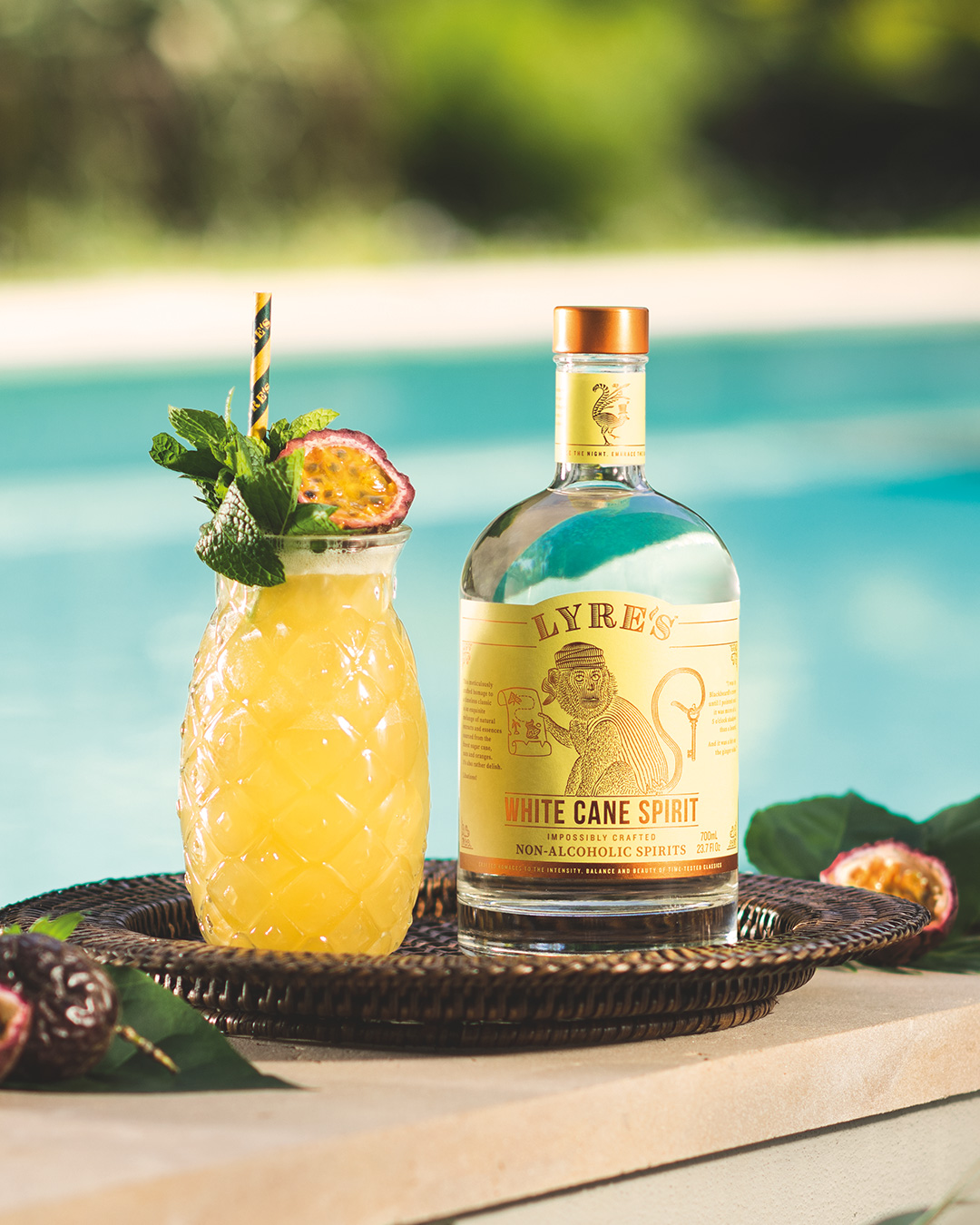
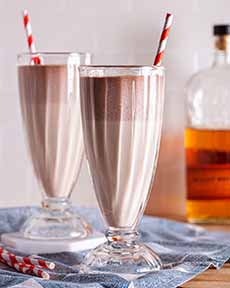
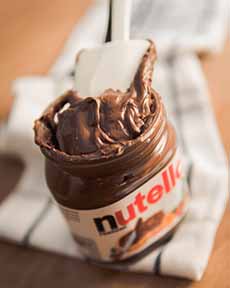
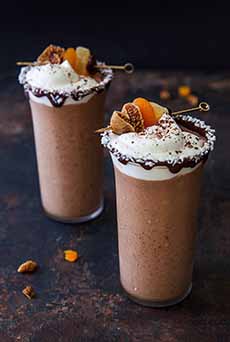

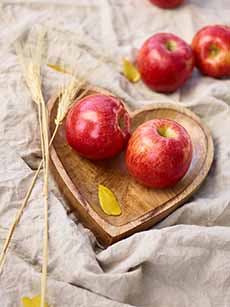
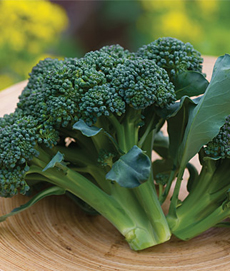 Broccoli[/caption]
Broccoli[/caption]
